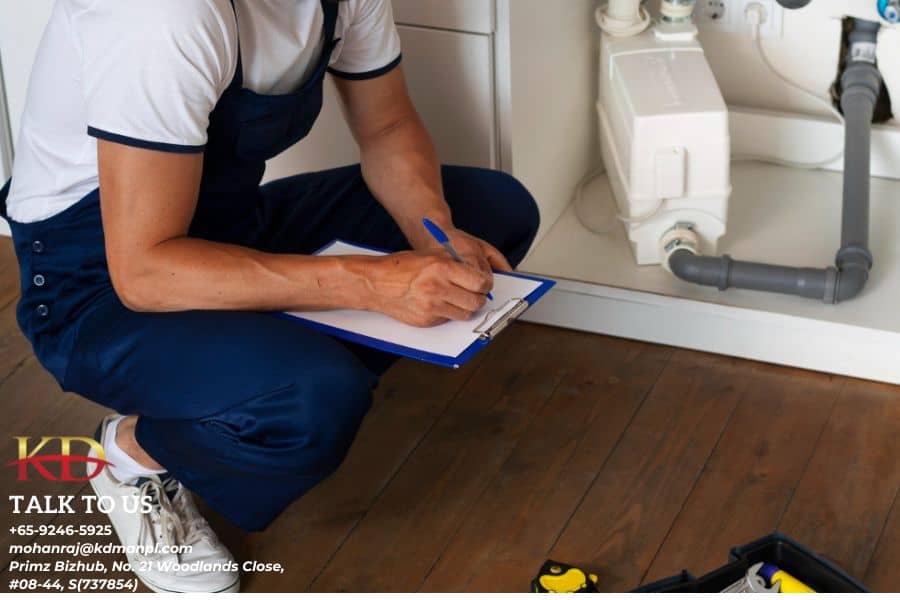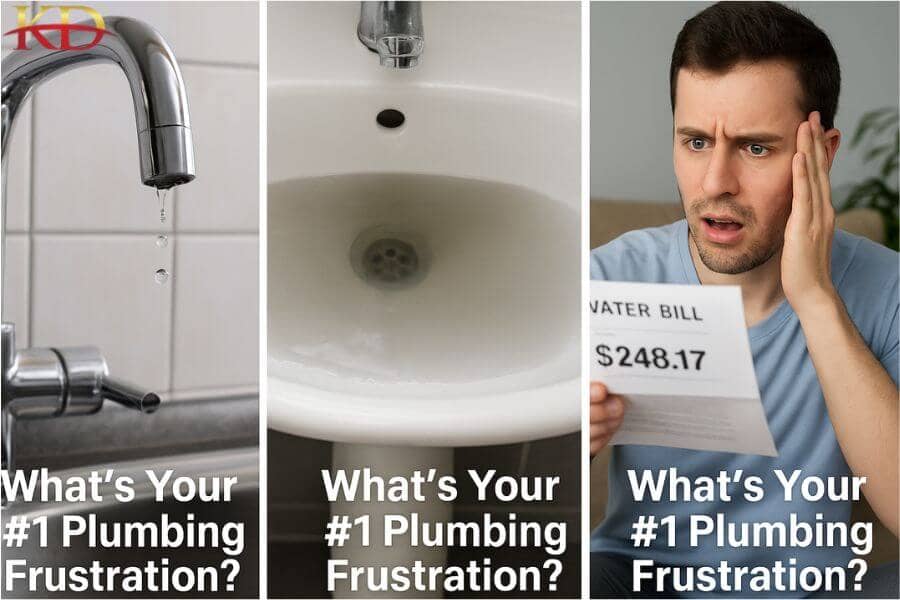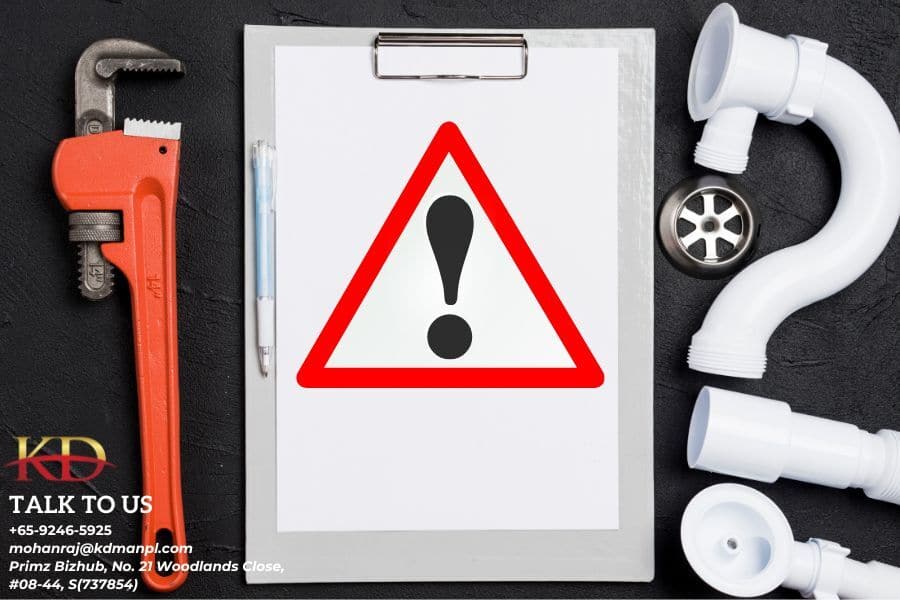By now, you’ve learned how to spot warning signs, fix bad habits, and even when it’s time to replace your pipes. But how do you really know what’s going on behind your walls or under your floors?
That’s where a professional pipe inspection comes in.
In this final part of our Plumbing Smarts 101: Singapore Edition, we’re breaking down what happens during a pipe inspection in Singapore, what tools plumbers use, and why it’s a smart move — even before problems appear.
🔍 Why You Might Need a Pipe Inspection
Even if your plumbing seems fine, there are good reasons to schedule an inspection:
- You’re renovating your kitchen or bathroom
- You’ve just moved into an older HDB flat or landed home
- You’ve noticed a slow leak, water stains, or low water pressure
- You want peace of mind after a neighbor’s plumbing issue
A licensed plumber can identify hidden leaks, corrosion, blockages, or structural risks — before they cause expensive damage.
🧰 What Happens During the Inspection?
Here’s a step-by-step look at what a typical pipe inspection in Singapore involves:
1. Visual Check & Questions
The plumber starts by asking about any issues you’ve noticed — drips, slow drains, odd noises. They’ll do a walk-through and visually check common problem areas: under sinks, around toilets, ceilings, and water heaters.
2. Water Pressure Testing
Low pressure can signal a blockage, leak, or corroded pipe. Plumbers may use a pressure gauge to test the strength and flow of your water supply.
3. Leak Detection Tools
If there’s a suspected leak, they may use:
- Acoustic devices (to detect the sound of water escaping inside walls)
- Moisture meters (to check for hidden damp areas)
- Thermal imaging (to find cold spots where water might be leaking)
4. Camera Inspection (If Needed)
In more complex cases, plumbers may use a small inspection camera inserted into the pipes. This helps spot:
- Rust
- Buildup
- Cracks or root damage (common in landed properties)
5. Condition Report & Next Steps
After the inspection, you’ll get a rundown of what’s working fine and what might need fixing. Some plumbers may provide photos or a written report — especially useful if you’re planning repairs or renovations.
💡 Is It Really Worth It?
In a word: Yes.
Here’s why:
| Situation | Why It Helps |
|---|---|
| Buying or renting a resale unit | Uncovers hidden issues before you commit |
| Ongoing water bill increases | Pinpoints leaks you can’t see |
| Aging pipes | Helps decide between repair or replacement |
| Upcoming renovation | Ensures your new fittings won’t be installed over damaged systems |
✅ Final Thoughts
Pipe inspections aren’t just for emergencies. They’re one of the smartest ways to protect your property and make informed decisions — especially in Singapore, where water systems are tightly regulated and well-maintained plumbing helps preserve your home’s value.
Whether you’re staying in your flat long-term, renting it out, or planning upgrades, a quick inspection gives you peace of mind — and a clear view of what’s flowing behind the scenes.
📌 Catch up on the full series:
Part 1: Why Plumbing Matters—Even If You’re Renting
Part 2: 6 Everyday Plumbing Habits That Cause Big Problems
Part 3: Warning Signs You Should Never Ignore
Part 4: You’re here!




Leave a Reply